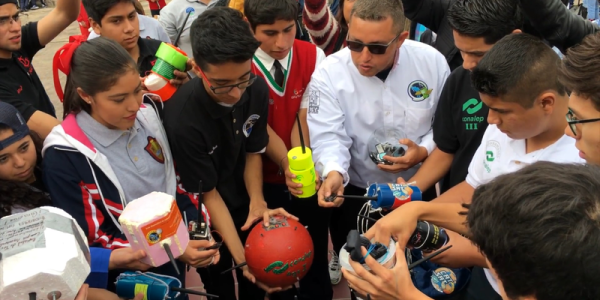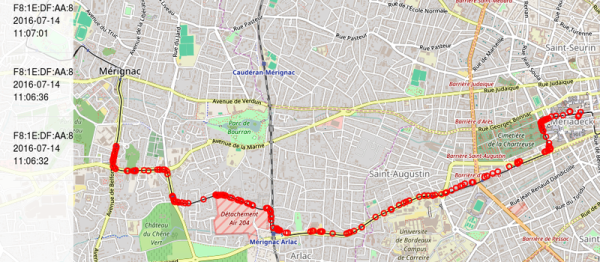Last week, the latest and greatest member of the Bluetooth family of wireless specifications was announced to the world: Bluetooth 5! What main changes are in store? Read the FAQ (PDF), or dig into the full spec (bigger PDF) at 2,800 pages.
Their big-print selling points include “up to 4x the range, 2x the speed, and 8x the broadcasting message capacity” to power the Internet of Things. Etcetera. [Akiba] pointed out via Twitter that they get the fourfold increase in range by adding an extra zero to the “Maximum Output Power” spec, going from 10 mW maximum power to 100 mW. That would do it.
In less snarky news, they’re also allowing for a lower-bitrate mode that will also increase range without simply boosting the power. The spec is actually being changed to let the user work out their optimal blend of power, range, and bitrate. We’re down with that. But you’re not getting 4x the range and 2x the speed without paying the bandwidth piper. That’s just physics.
If you use the beacon mode in Bluetooth Low Energy (BLE), you’ll be happy to hear that they’re lengthening the beacon packet from 31 bytes to 255, so you can send a bunch more data without consuming too much power. That’s the “8x”. Bluetooth 5.0 is also backwards compatible with Bluetooth 4.2, so you don’t have to redo anything if you don’t want to take advantage of the newer features. Your current BLE beacons will keep working.
Finally, there’s some contention-detection and other bandwidth optimizing going on, which is welcome in our crowded 2.4 GHz office spectrum. Our guess is that’s where the “2x speed” is largely coming from, but there are about 2,750 pages that we haven’t read yet, so if you’re digging into the spec, let us know what you find in the comments.
Thanks to [Akiba] for tipping us off to this via Twitter. Go check out his great talk on getting hacker stuff in Shenzhen that was presented at the SuperCon.

















